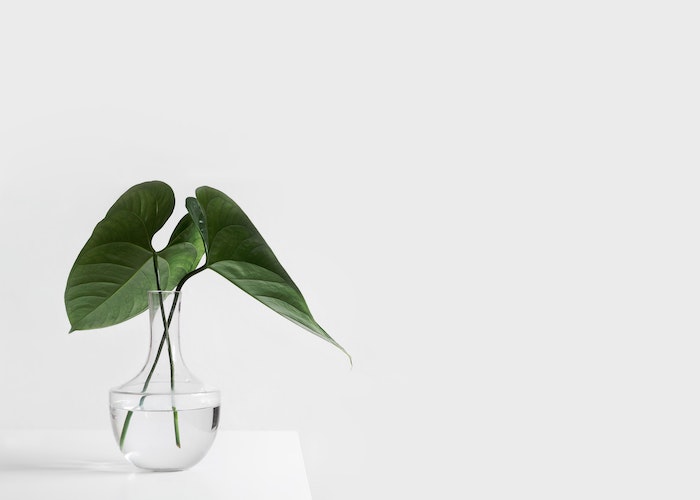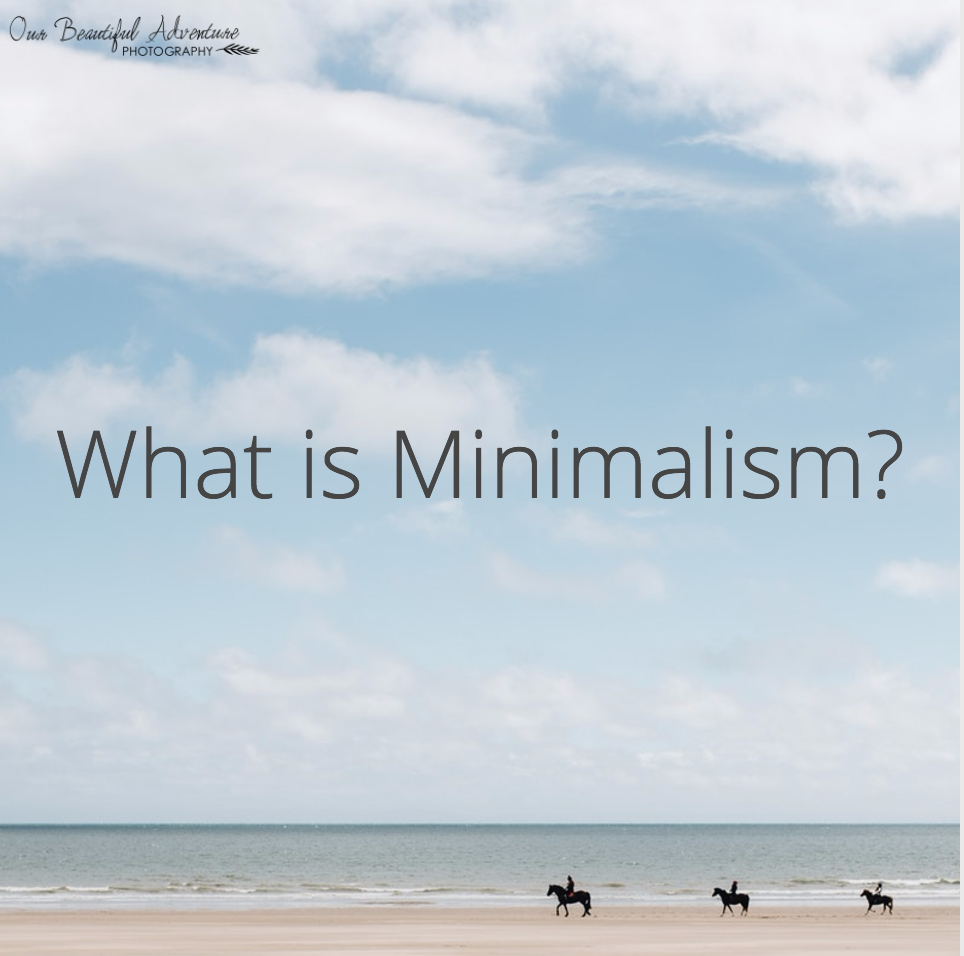Exploring the Long-Term Effect of Minimalism on Psychological and Emotional Well-being
Exploring the Long-Term Effect of Minimalism on Psychological and Emotional Well-being
Blog Article
Minimalism in Practice: Effective Strategies for Developing a Balanced and Intentional Home Environment
The method of minimalism offers an organized method to growing a home atmosphere that mirrors intentionality and equilibrium. By employing techniques such as methodical decluttering and the "one in, one out" policy, individuals can not only reduce excess yet likewise improve their mindfulness regarding material ownerships. Incorporating multi-functional furnishings and regularly reassessing items adds to a room that reverberates with individual worths. The journey in the direction of keeping a minimal way of living involves more than just these approaches; it elevates essential inquiries about exactly how we define necessity and the role of our surroundings in shaping day-to-day experiences.
Comprehending Minimalism
Minimalism, usually misunderstood as mere simplicity or an absence of possessions, includes a profound ideology that motivates individuals to curtail their lives to what truly matters. At its core, minimalism has to do with willful living, fostering a deeper connection with oneself and the surrounding environment. This lifestyle supporters for the removal of excess, enabling individuals to concentrate on crucial values, experiences, and relationships.
The minimal method extends beyond physical properties; it encourages people to analyze their dedications, behaviors, and psychological clutter. By focusing on top quality over amount, minimalists look for to create spaceâEUR" both actually and metaphoricallyâEUR" for what genuinely enriches their lives. This ideology advertises mindfulness, advising people to engage in thoughtful decision-making regarding their time, resources, and power.
Comprehending minimalism calls for a recognition of its transformative possibility. It is not merely a fad however a calculated choice to welcome simplicity and quality. Via this lens, individuals can cultivate a much more purposeful existence, bring about improved wellness and complete satisfaction. Inevitably, minimalism works as a pathway to better fulfillment, encouraging people to align their lives with their core values and ambitions.
Decluttering Your Area
To cultivate a tranquil and well organized living space, it is essential to engage in a comprehensive decluttering process. Begin by reviewing each room methodically, determining products that no longer offer an objective in your life or align with your values.
Start with smaller spaces, such as a drawer or an edge of a space, and slowly progression to bigger areas. As you arrange via possessions, categorize items into 3 groups: keep, contribute, and throw out.
Incorporate a timeline for your decluttering initiatives to keep momentum. Establish possible goals, such as devoting 15 mins everyday to the job. When finished, take into consideration implementing a "one in, one out" rule to protect against future accumulation. By developing a conscious technique to your ownerships, you produce a more intentional home that fosters clarity and improves your general lifestyle. Accept the freedom that includes a decluttered home, allowing for a more harmonious existence.
Curating Your Possessions
Curating your possessions includes a thoughtful and willful strategy to what you pick to maintain in your life. This procedure starts by reviewing each thing based upon its utility, nostalgic value, and visual appeal. By asking important questionsâEUR" such as whether an item serves a purpose or brings you joyâEUR" you can make educated choices about what genuinely is worthy of an area in your home.
To successfully curate your items, take into consideration producing categories. Group products by function, belief, or regularity of usage, which can aid clarify their functions in your everyday life. This approach not just simplifies the selection process yet likewise fosters a much deeper admiration for the personal belongings you pick to retain.
When you have actually recognized your most valued products, concentrate on presenting them in a manner that improves Recommended Site their relevance. Thoughtful setup can change daily things right into purposeful focal points, adding to a tranquil and intentional atmosphere.
Ultimately, the objective of curating your personal belongings is to grow a space that mirrors your values and way of life. By prioritizing quality over amount, you create an unified ambience that advertises mindfulness and well-being in your home.
Designing for Performance
Designing for functionality needs a keen understanding of just how room and things engage within your home. Each product needs to offer an objective, enhancing not just the aesthetic high quality of the setting but also its use.

Consider the circulation of activity within each location, permitting all-natural changes in between spaces. This can be attained with open designs or purposefully put furnishings that urges circulation.
Utilizing vertical room can additionally improve functionality; mount shelves or wall-mounted storage space to maintain floors clear. Stress the significance of illumination, as it can considerably influence exactly how functional a room feels. By focusing on utility and simpleness, you can produce an unified living environment that sustains both day-to-day tasks and personal well-being.
Preserving a Minimal Way Of Living
Creating a practical room is only the initial action towards accepting a minimal lifestyle; the difficulty lies in preserving that simpleness over time. Taking on the "one in, one out" rule can properly avoid buildup; for every new product introduced, an existing one ought to be eliminated.
An additional important aspect is mindfulness in consumption. Being deliberate regarding purchases assists stay clear of impulse purchases that can mess both psychological and physical room. When shopping, think about whether a thing includes genuine worth to your life or lines up with your minimal goals.

Lastly, develop an encouraging atmosphere by bordering yourself with like-minded people who value minimalism (Minimalism). Participating in discussions or joining minimal neighborhoods can supply motivation and responsibility, making certain that simplicity stays a core concept in your day-to-day live
Conclusion
Finally, the method of minimalism promotes a willful and well balanced home environment via methodical decluttering, thoughtful curation of possessions, and the prioritization of performance in layout. By adopting techniques such as the "one in, one out" rule and involving with supportive communities, people can sustain a minimalist lifestyle. This technique not only lowers excess however also enhances mindfulness, look at here now ultimately adding to a much more significant and deliberate living experience.
Incorporating multi-functional furnishings and on a regular basis reassessing valuables adds to a room that reverberates with personal worths. By developing a mindful technique to your ownerships, you produce a more willful living room that promotes clarity and improves your general quality of life.Designing for capability requires a keen understanding of just how area and things engage within your home.Producing a practical space is just the initial action toward accepting a minimalist way of life; the obstacle lies in preserving that simpleness over time. Being willful about purchases helps avoid impulse gets that can mess both physical and mental area.
Report this page